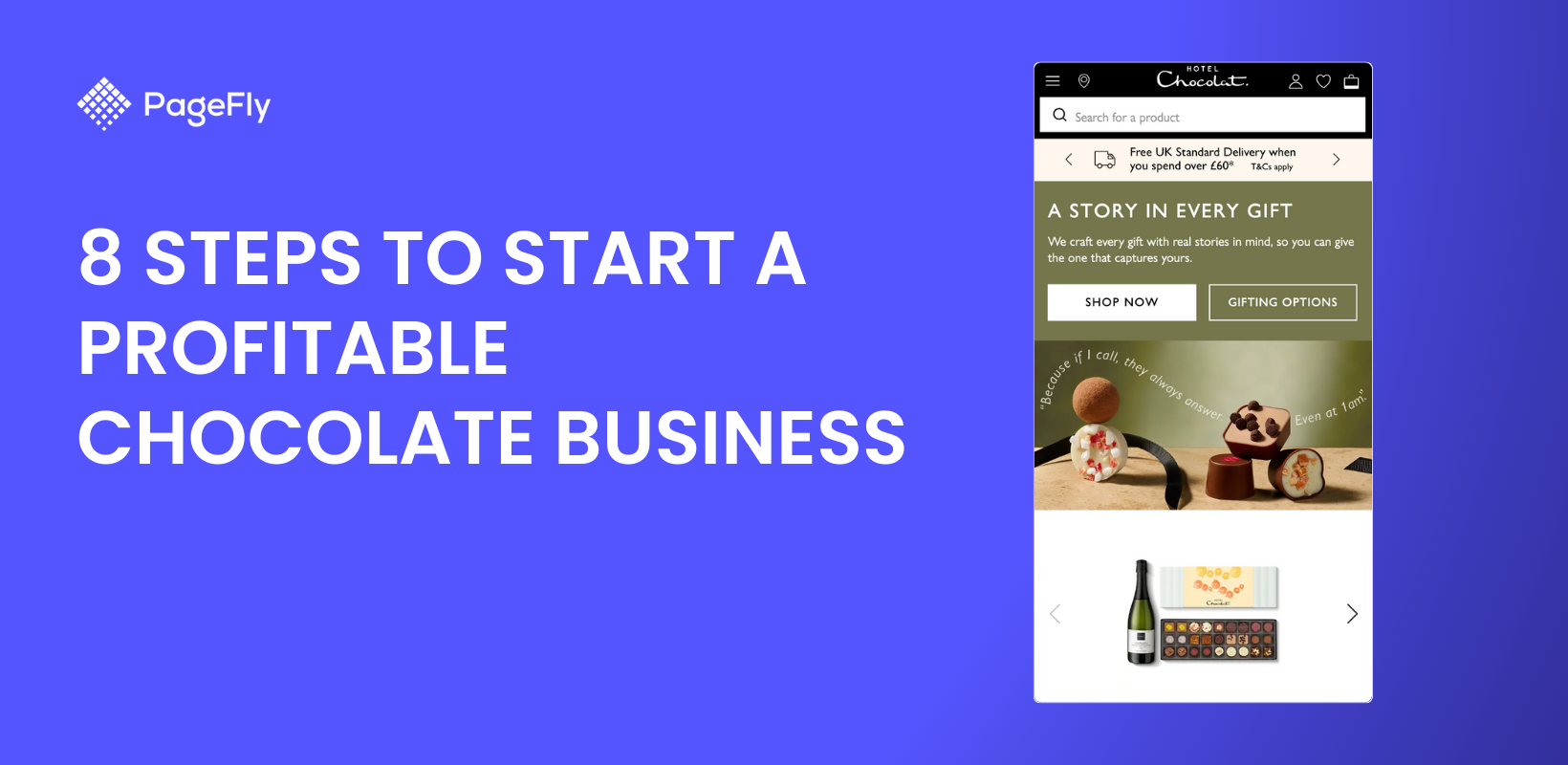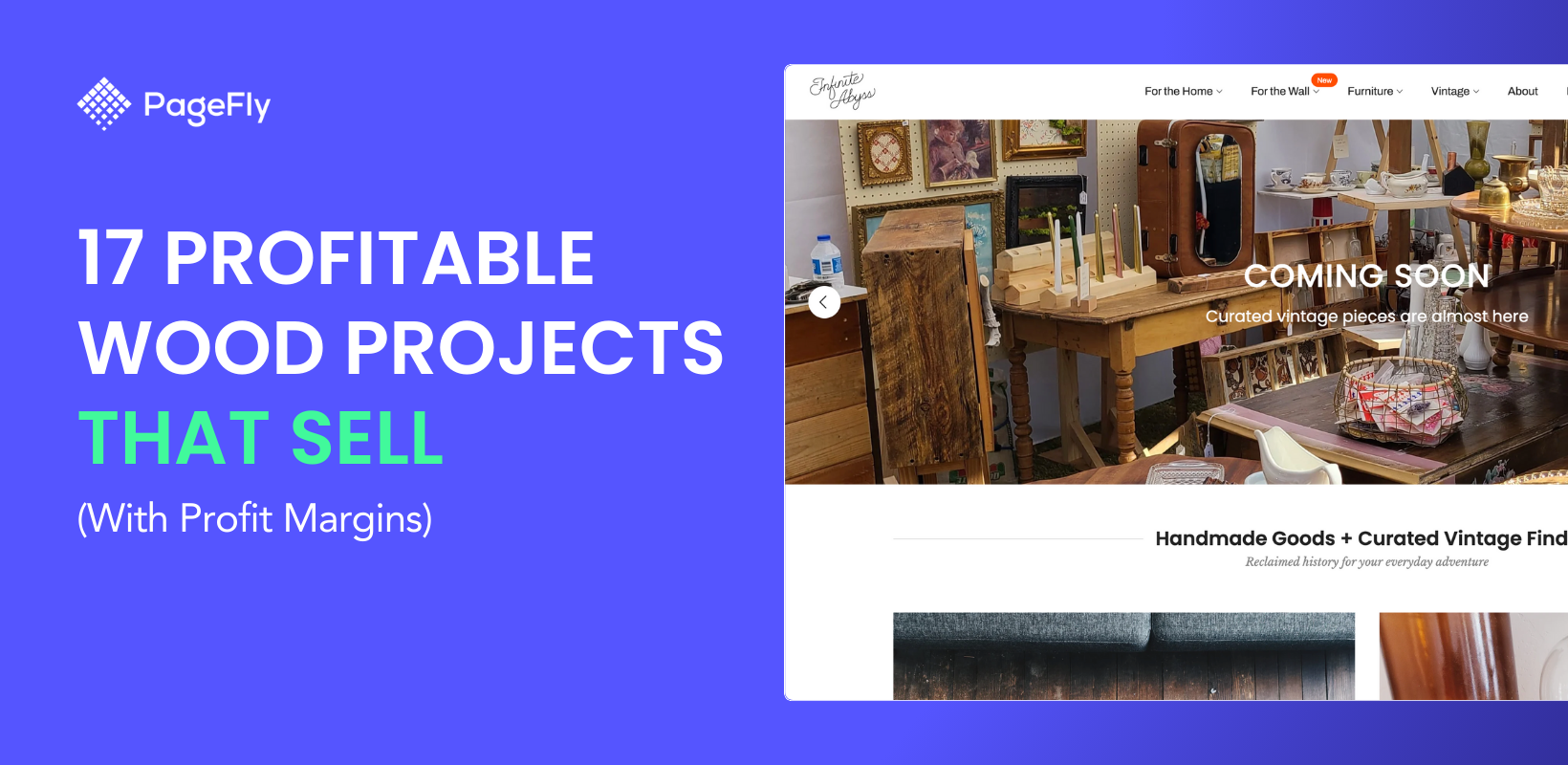Despite slowing economic activity, the ecommerce industry is still poised for massive growth in the coming years.
The market is projected to become a $5.4 trillion industry in 2026. And with the pandemic further cementing consumers’ e-commerce adoption, this is as good as any time to build your ecommerce brand.
There’s one thing you should remember though.
For all of the industry’s forecasted growth, it’s still a very competitive battleground. Amazon and Ebay dominate in many countries, plus there are a host of smaller Shopify businesses looking to push each other out of the water.
What can you do that won’t get overshadowed by these competitors that already have a head start?
The answer? Target a niche market.
Companies like Gymshark and Dollar Shave Club experienced the power of ecommerce niches after they attained billion dollar valuations by focusing on a specific set of customers.
They found corners within large markets that were neglected and provided more value than their competitors.
As a result, their customers and the market rewarded them.
If you want to build an ecommerce brand yourself but aren’t sure what niche you should focus on, then you’ve come to the right place. This post will show you 10 trending ecommerce niches that you should consider when thinking of launching your next Shopify store.
We’ll start with a quick breakdown of what a niche is. But if you want to see the trending e-commerce niches right now, click here.
What Is An Ecommerce Niche?
An ecommerce niche is a distinct segment of a larger market.
Think of it as a targeted group of people within a big industry that you can tailor your products, services and marketing strategies to.
Niches are usually defined by:
- Specific customer needs that aren't being satisfied.
- Ample customer size for growth and profitability.
- Special customer treatment that ensures you stand out from your competitors.
- Sufficient purchasing ability, again for growth and profitability.
In other words, a niche is an underserved market that promises opportunities for you to become a market leader.
Here’s an example.
In the men’s fashion market, there are many different niches that can be explored.
A popular one is wristwatches for men. But within this particular niche, you can narrow your target audience and further differentiate your brand by selling only wooden wristwatches like WoodWatch does.
Let’s take a look at why this is important.
Why Does Your Ecommerce Business Need a Niche?
You might have heard the saying:
“The riches are in the niches.”

Well, it’s not a myth. And that might sound counter-intuitive. After all, if you take a blanket approach to your products and marketing, you’ll be competing in a really large market with other ecommerce businesses.
This in turn increases the chances of you making large sales.
But the reality is not so cut-and-dried. A Harvard Business Review article confirms that category leaders experience much faster business and revenue growth compared to their competitors.
And as a newcomer in such a market, it’ll be hard for you to stand out from the crowd.
The alternative, of course, is to focus on a specific group of people that the market’s big boys aren’t giving much attention to.
Here are reasons why.
You Will Face Less Competitors
An obvious benefit of niching down is you now compete with a smaller number of brands
The following numbers from PipeCandy, an ecommerce market intelligence platform, proves this.
According to the company, there are 25 million ecommerce brands in the world. If you decide to launch a brand in the Jewelry and Watches niche, the number of competitors you would have to fend off reduces drastically to just over 65,000 brands.

You’d agree with me that the competition will be lesser if you decide to go the WoodWatch way and target only wooden watches lovers.

You Will Pay Less For Marketing
Targeting a specific audience also has an impact on your marketing budget.
The general rule of thumb is: the smaller your potential audience is, the lesser you’d have to spend to reach them.
Let’s take a Google Ads campaign for example.
To get prospects on your product pages, you can either bid for broad keywords with very high search volumes. Or go after long tail keywords with lower search volumes but more relevance to your audience.
If your brand sells men’s wooden watches, you could bid for the term “watch for men” which according to Google Keyword Planner has between 1 million to 10 million monthly searches.
That’s a very large audience size. But anyone searching for that keyword might not be specifically looking for wooden watches. They could prefer steel or leather strapped watches.
So even if you win the bid for that keyword, you’d be spending money attracting unqualified leads.
On the other hand, a search term like “wooden watches for men” which has between 10 thousand to 100 thousand monthly searches guarantees that searchers are interested in what you have to sell.
This increases the likelihood of you making sales from your Google Ads campaign.

You Will Have A More Engaged Audience
The 2021 Meaningful Brands report by Havas Group turned up an interesting revelation.
75% of brands could disappear and would easily be replaced.
That’s an eye opener for most brands out there. It also emphasizes why your ecommerce brand should have a value proposition that resonates with a targeted group of people if you plan on staying relevant.
Ecommerce businesses that cater to a specific audience have more opportunities to showcase their unique value compared to brands that don’t.
For instance, a professional pool player goes shopping for a pool cue. Of course she can get a cue stick from Amazon or Walmart. And she should be able to do so without feeling a sense of attachment to either brand.
But there’s a third brand on Shopify whose mission is to help pool players improve their game. This brand does not only sell pool equipment – including cue sticks, it also creates helpful content for pool players.
It’s easy for the professional pool player to become invested in the success of that brand as she gets way more value compared to Amazon or Walmart.
The specificity of your value proposition allows you to stand out in your niche and attract an engaged audience to your brand.
You Can Easily Differentiate Your Brand
According to Shopify’s E-commerce Market Credibility study, consumers are 4x more likely to purchase from a brand with strong brand values.
The ecommerce landscape is extremely competitive and only the brands with the clearest voices will establish credibility and attract engaged audiences.
In a market where everyone offers the same thing, focusing on a customer segment and treating them better than your competitors is a powerful brand differentiating factor.

Niche products are specific and easily identifiable by the target audience.
For instance, a full time PC gamer whose main concern is quality would prefer to shop at a store that sells only premium PC gaming equipment instead of a dropship store that caters to the wider gaming niche.
The premium store by focusing on price and product quality makes itself attractive to gamers who are willing to spend a lot for an extra advantage.
10 Most Trending Ecommerce Niches In 2025
You’ll find the 10 most promising niches for your next Shopify store below.
Fast Fashion
Shopify Store Example: Fashion Nova
Fast Fashion is a fashion culture focused on mass-producing inexpensive designs in response to the latest catwalk trend or fashion designs. The goal is to help mainstream fashion consumers purchase the newest fashion show hot look or next big thing.

If you wonder whether fast fashion could be a profitable ecommerce niche, see these stats.
The global fast fashion market is worth $99.23 billion in 2022 and it’s expected to reach a value of approximately $133 billion in 2025.
In other words, it’s popularity is set to increase in the coming years so you shouldn’t worry about it going out of style (pun intended).
The catalyst for this growth are young fans as 7 out of 10 college students have shopped fast fashion in 2022. So you should certainly include them in your marketing plans if you decide to bet on this niche.
The popularity is reflected in the growing search interest as young consumers want to wear the same fashion style spotted on a popular celebrity.

Pet Products
Shopify Store Example: Alpha Paw
In 2021, US pet owners spent as much as $100 billion on their pets with the average pet owner spending more than $1300 annually.

If you own a pet, then you understand those numbers. We love our companions and will do anything to make them happy including splashing out cash on pet products.
So it is no surprise that a number of pet products have grown in popularity in recent years. Just take a look at raw dog food.

A survey discovered that 4 out of 10 people are pickier about what their pets eat than their own food. And these people turn to natural food to keep their pets healthy.
Another pet-related product that has surged in popularity in recent years is CBD, especially in the dog niche.

Evidence from dog owners suggest that CBD oil can be used to treat pain as well as control seizures.
The pet niche is full of useful products to sell to pet owners – health supplements, toys, and even dressings – so you will not be short of options.

Home Office Equipment
Shopify Store Example: Branch
Another one of the trending ecommerce niches in 2022 is home office equipment.
This niche got a real boost during the pandemic.

As companies around the world switched to remote work, employees had to figure out ways to be more productive at home, and as a result increased the global demand for home office equipment.

For instance, Pepperfry – an Indian manufacturer of home furniture – saw the demand for its tables and chairs rise by 175% and 135% respectively during the lockdown.
With experts claiming that the worst of the pandemic is now behind us, you might think that this means everyone will go back to the offices eventually.
But that is far from the truth.
Out of a thousand company directors surveyed during the pandemic, 74% affirmed that they’ll continue with remote work even after the pandemic. Even more revealing is the fact that the number of remote job opportunities grew 1100% by 2021 and is expected to make up 15% of job opportunities by the end of 2022.
Like petrol on fire, this WFH drive has shot up the demand for home office products like laptop stands, file cabinets, and standing desks.

Home Workout Equipment
Shopify Store Example: Sunny Health Fitness
Like the home office equipment niche, home workout equipment also got a massive boost during the pandemic.

Gyms and public places got shut down. But people still needed a way to burn down fat and stay fit.
Now if you need to work out but can’t go to the gym, what other choice do you have but to turn your home to a gym?
As seen in the Google Trends graph below, the demand for different home workout tools shot up during the pandemic.

But even now that the gyms are open again, not everyone is ready to leave the convenience of their homes. 1 in every 2 persons still work out at home and the global fitness equipment market is expected to reach $14.8 billion by 2028.
Print-On-Demand
Shopify Store Example: Classic Dad
Print-on-Demand is an ecommerce business model where you work with a third-party supplier and white label their product by adding your own designs to them.
This business model is attractive because you only pay for the cost of the product after you’ve actually sold it.
The market size for print-on-demand products was valued at $4.90 billion in 2021. And it’s expected to reach $39.40 billion by 2030.
Like many other ecommerce niches, the Print-on-Demand industry benefited greatly from the pandemic. But one thing that is immediately obvious from Google Trends is that its popularity is still above pandemic levels.

48% of customers will wait longer for a customized product and this is a need you can fill with a Print-on-Demand store.
Eyewear
Shopify Store Examples: Retro City Sunglasses
Think about this; you know at least one person that wears some type of eyeglass.
For context’s sake, at least 4 billion people across the world wear eyeglasses. That’s half of the world’s population. And according to a report from Data Bridge Market Research, the market is expected to reach $194 billion by 2029.

But the eyewear market is a pretty broad niche. How can you niche it down?
Well, the rise of Remote Work culture has led to increased screen time for remote workers. This makes anti-blue light glasses a very valuable niche as workers look to preserve their eyesight.
Anti-blue light glasses have specially crafted lenses that are said to block out the blue light given off by digital screens.
And their popularity has increased in recent years as seen in Google Trends.

Kitchen Accessories
Shopify Store Example: SOGA International
One consequence of being confined to our homes is more people turned to online grocery shopping and home cooking.
With a lot more time on our hands, that was expected. In fact, according to this survey, 4 out of 10 people claim that they cooked more frequently during the pandemic.

One major fear for this niche was whether consumer behavior will change once lockdown eased. And while it did, the market for kitchen accessories is still going strong.
70% of people say they will continue to cook at home. And the kitchen market which was valued at $237 billion in 2019 is expected to reach $377 billion by 2027.
After the buying scramble of 2020, it seems most consumers are now critical about space management.
Versatility is a key differentiator.
And products like Bosch Cookit that can perform 27 different functions and chef’s knife that can handle the job of several other kitchen knives have increased in demand.

Gaming Accessories
Shopify Store Example: Roman Gaming
The video game industry has been on the rise before the pandemic. But as you can now guess,
It exploded during the lockdown and that growth is tipped to continue.

This niche encompasses different types of gamers – mobile gamers, console gamers, PC gamers, all with different levels of dedication.
So what type of opportunities lie in wait for you in this large market?
For one, gamers love their tools and will pay to get an extra inch of advantage over their competitors.
An average gamer spends $76 per month on gaming expenses. So providing products that help them improve their game could be a potentially valuable niche for you.
Products you can sell include gaming headsets, gaming mouse, gaming chairs, and gaming keyboards.

You can also niche down based on gaming genres like platform games, shooting games, stealth games. Or gaming consoles like Nintendo, Microsoft XBox, or Sony PlayStation.
Travel Accessories
Shopify Store Example: Tropicfeel
The travel industry is a big one. The revenue generated by this niche will surpass $700 billion in 2022, according to this report by Statista.

As passenger volume and hotel occupancy rate continue to increase, you can expect more people to spend on travel and travel related expenses.
One audience segment you can target to take advantage of this niche are digital nomads.
The idea of being location-independent has grown in popularity since the pandemic and the perks of working from places like Cape Town or Bali are just too attractive.

There are a couple of products in this niche that are trending upwards and can provide you with tidy profits. For instance:
- Travel adapter

- Power banks

- Digital luggage scale

Recommerce
Shopify Store Example: Banana Thrift
Recommerce, also known as Reverse Commerce, is the selling of used or previously owned items. This business model is fueled by everyone – from broke college students to sustainability-focused millionaires.
The market of selling used or previously owned items is a big one; it’s expected to hit $178 billion in 2022. But perhaps more importantly, the Recommerce market is growing twice as fast as the wider retail industry.

This means it could be a profitable niche for you in the years to come.
What categories of products fit into the Recommerce niche?
76% of items bought and sold pre-owned are electronics, auto parts, furniture, home improvement, home goods, outdoor equipment, and sporting goods. So any one of these categories is a good place to start.
How Do You Choose The Right Niche For Your Ecommerce Store?
While these ecommerce niches show great promise based on the global data available, you shouldn’t blindly pick one of them and start an ecommerce store.
Instead, do your own research to find out if you have the resources and environment to make a niche work for you.
The following steps will show you how to do that.
Identify Your Target Audience

Who are you selling to?
The beauty of niches is you can clearly define the subset of a larger market that your products will provide the most benefits to.
Take the travel niche for instance. People who need to travel come from different walks of life – folks going on business trips, individuals relocating to another country in search of greener pastures. But by focusing on digital nomads, you can promote products and create content that is easily relatable.
Analyze The Market Keywords
Analyzing market keywords will provide you with insights on how popular & competitive your niche and its related products are.
There are two metrics you should keep an eye on: Keyword Volume and Keyword Difficulty.
Keyword Volume tells you how many people are looking for a product of yours or a topic related to your niche. Keyword Difficulty on the other hand tells you the level of competition you might face if you want your brand to show up for a keyword.
To get started with keyword research, use tools like Ahrefs,Semrush, and Moz.
Analyze The Competition

The presence (or lack) of competitors says a lot about the niche you want to break into.
It’s not necessarily a bad thing if you can’t find a competitor in your niche. You could be sitting on a profitable niche. But you have to be sure there's an opportunity to exploit before you start building an ecommerce site.
If you do find competitors, however, study their product and marketing strategy to learn what works for them. A tool like Commerce Inspector will be of value in this case.
Observe Market Trends
Is your niche’s popularity growing or waning?
This is a question you must answer, especially if you have long term plans for your ecommerce business. You don't want to invest in a niche that is past its peak.
Conclusion
Amazon rakes in billions of dollars in revenue every year. But unless you have Amazon-type capital, you can’t compete with the ecommerce marketplace.
Your alternative is to adopt a narrower view of the market and choose a niche that promises profit and scale. This way, you avoid the Amazons of this world and provide your brand with room for growth.
The categories listed in this article will ensure you don’t begin your brainstorming process from scratch. When you settle on a niche, you can begin the process of bringing your store to life on Shopify.





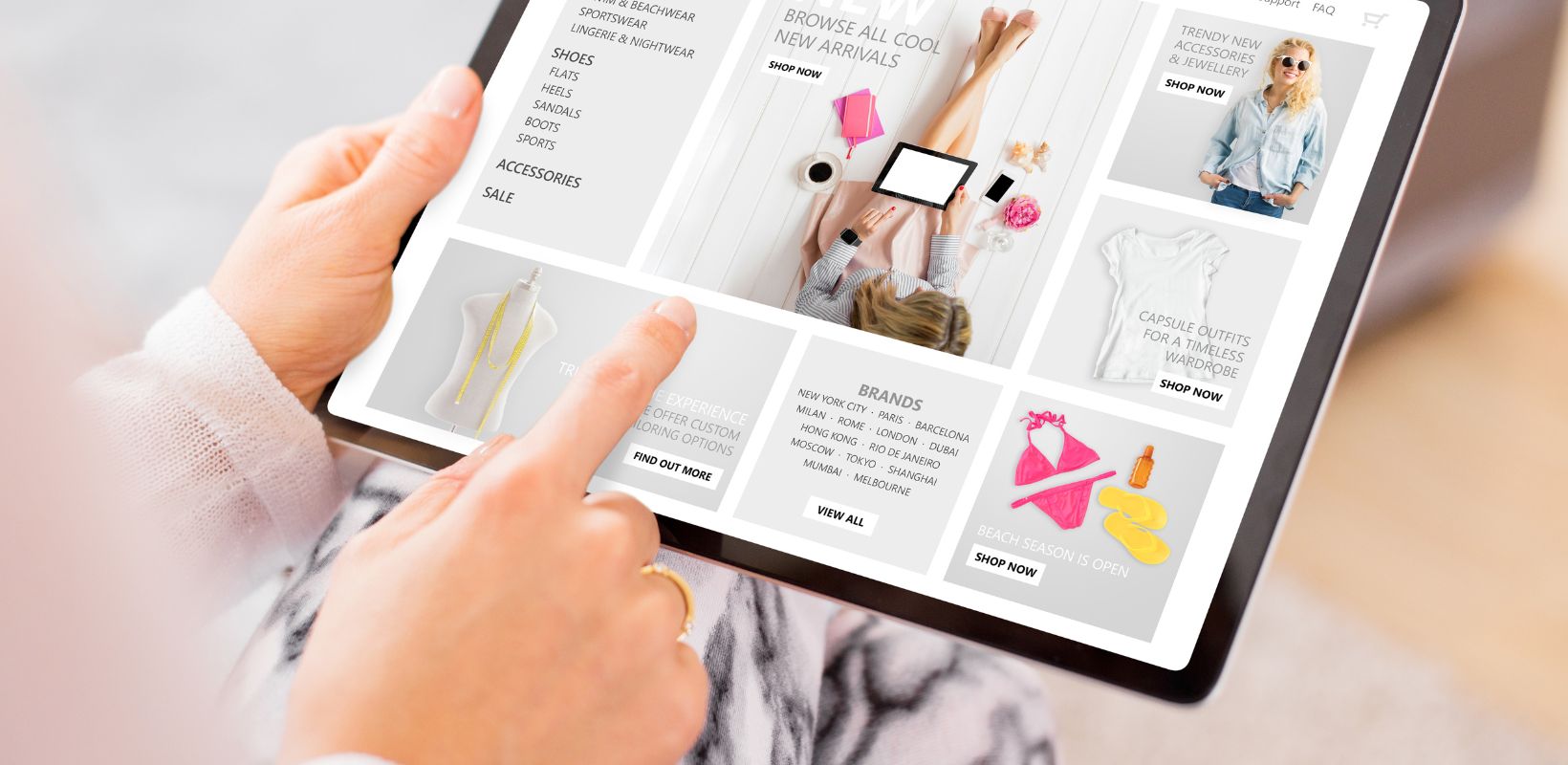

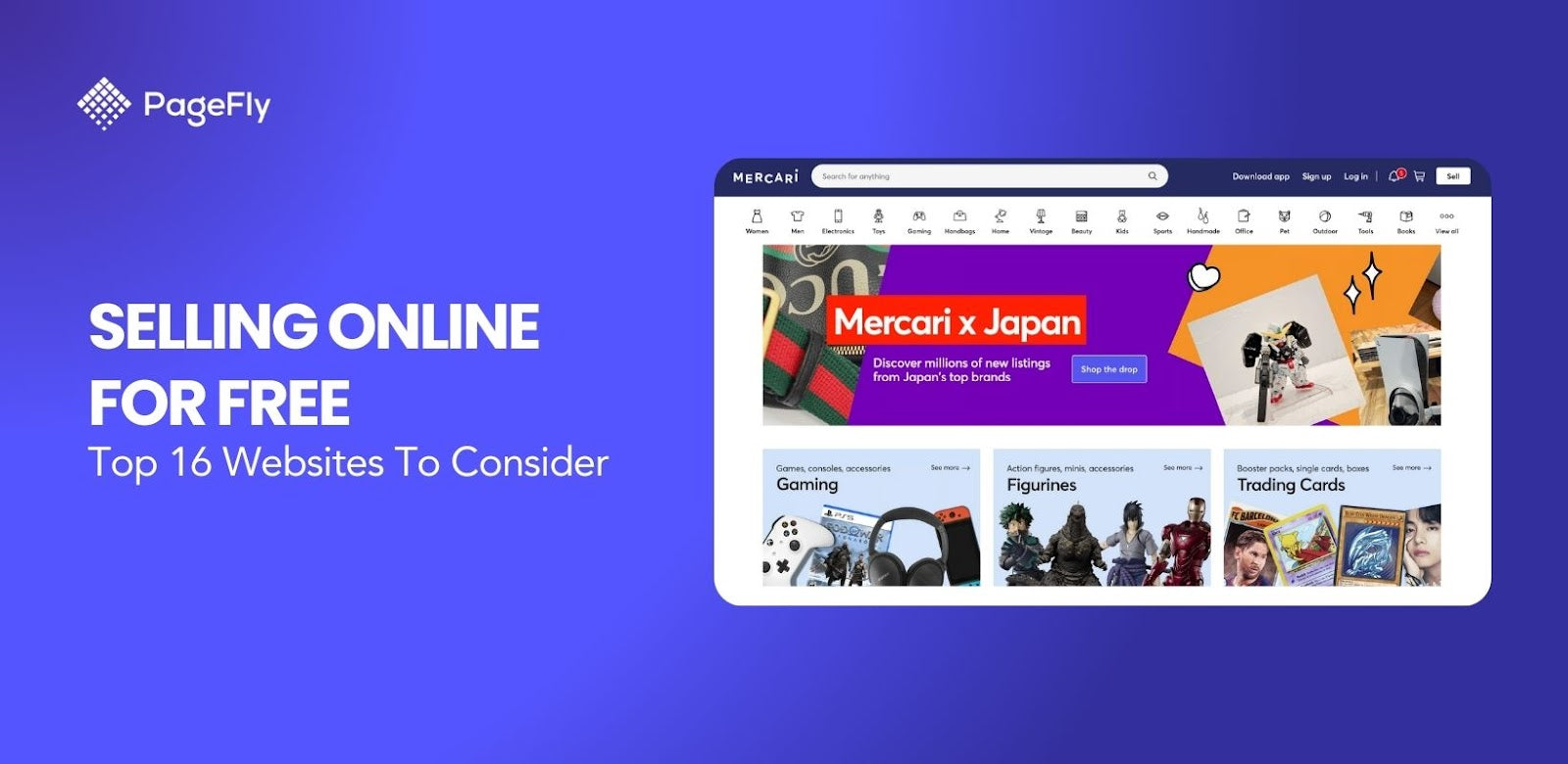
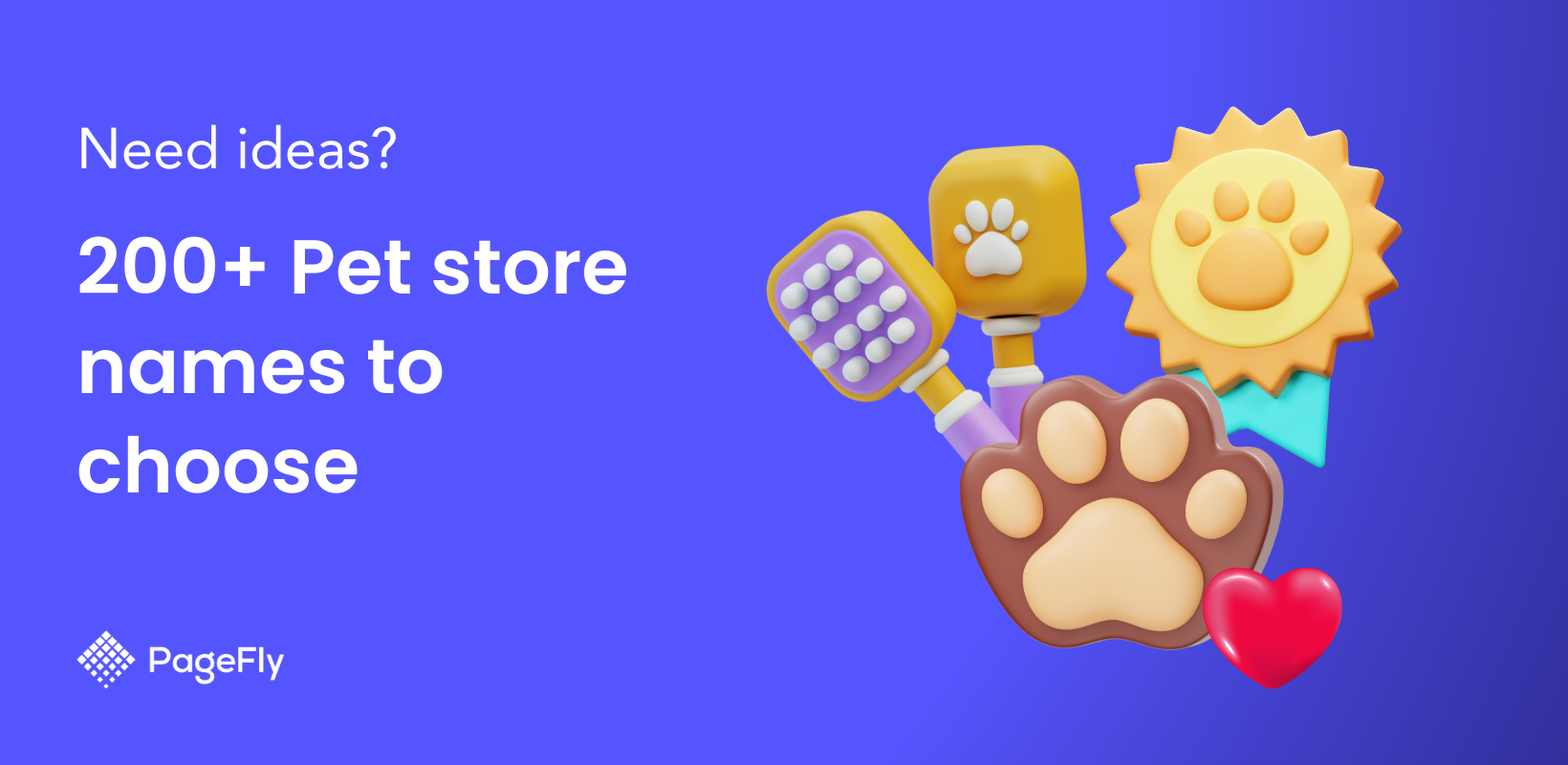
![14 Profitable Small Food Business Ideas for 2025 [Real Numbers]](http://pagefly.io/cdn/shop/articles/1_58b587d2-13db-4aa6-8c19-e40f5c88d3eb.jpg?v=1758255771&width=4460)
![Art Business Names: 350+ Ideas + Free Generator [2025 Updated]](http://pagefly.io/cdn/shop/articles/art_business_name_e94a54e9-d325-4ba3-94ab-7b4297952312.png?v=1760062968&width=1640)

